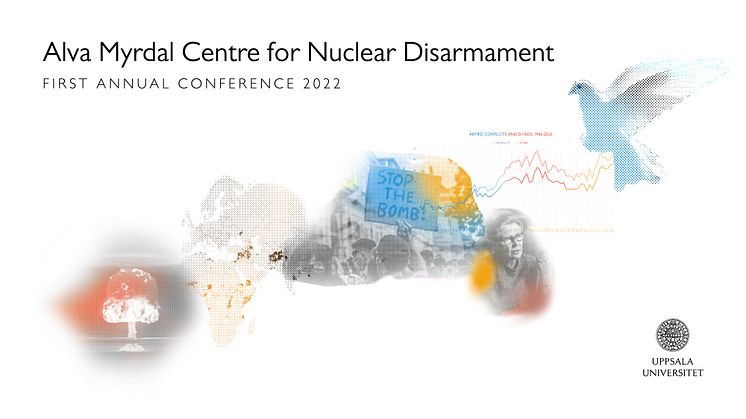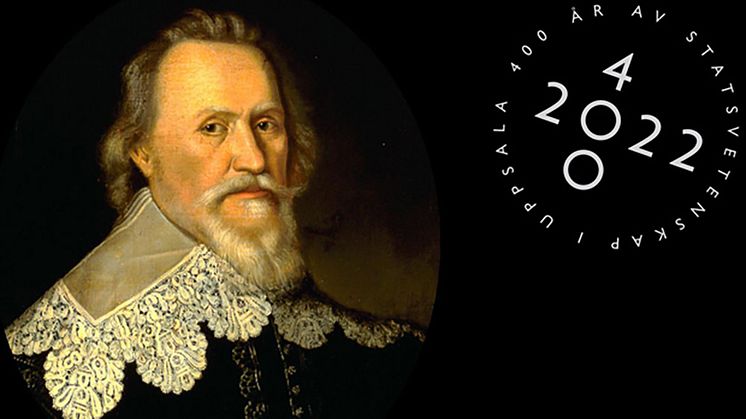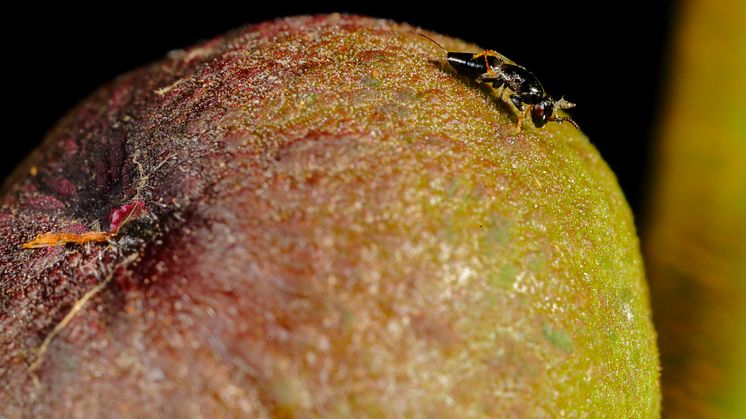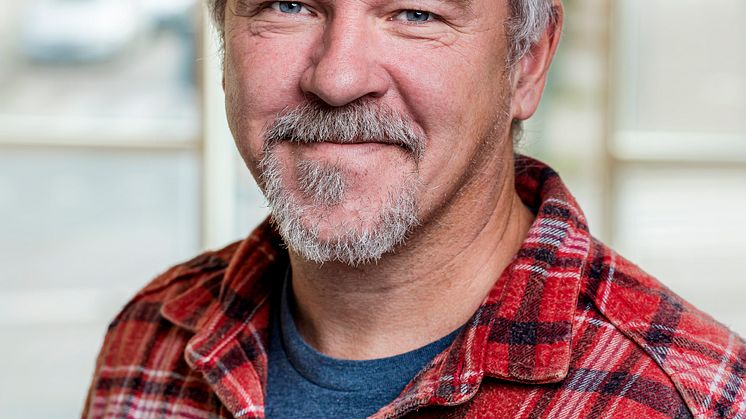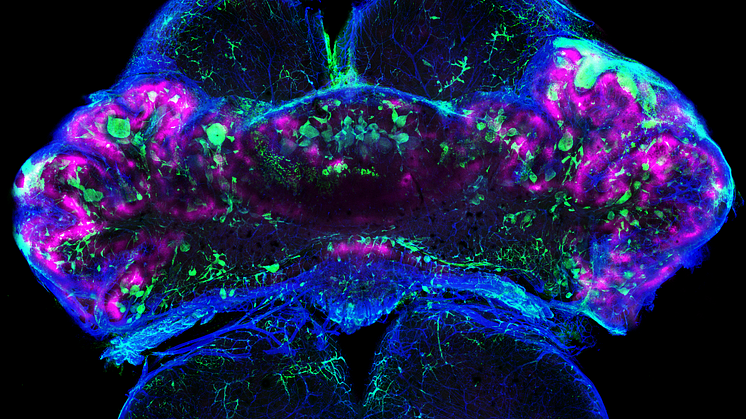
Widespread variation of inherited retroviruses among Darwin’s finches
Vertebrate genomes are repositories for retrovirus code that was deposited into germ line as inherited endogenous retroviruses during evolution. Researchers from Uppsala University and Princeton University now provide new findings about retroviral establishment and distribution among Darwin’s finches. The findings are being published in Nature Communications.
